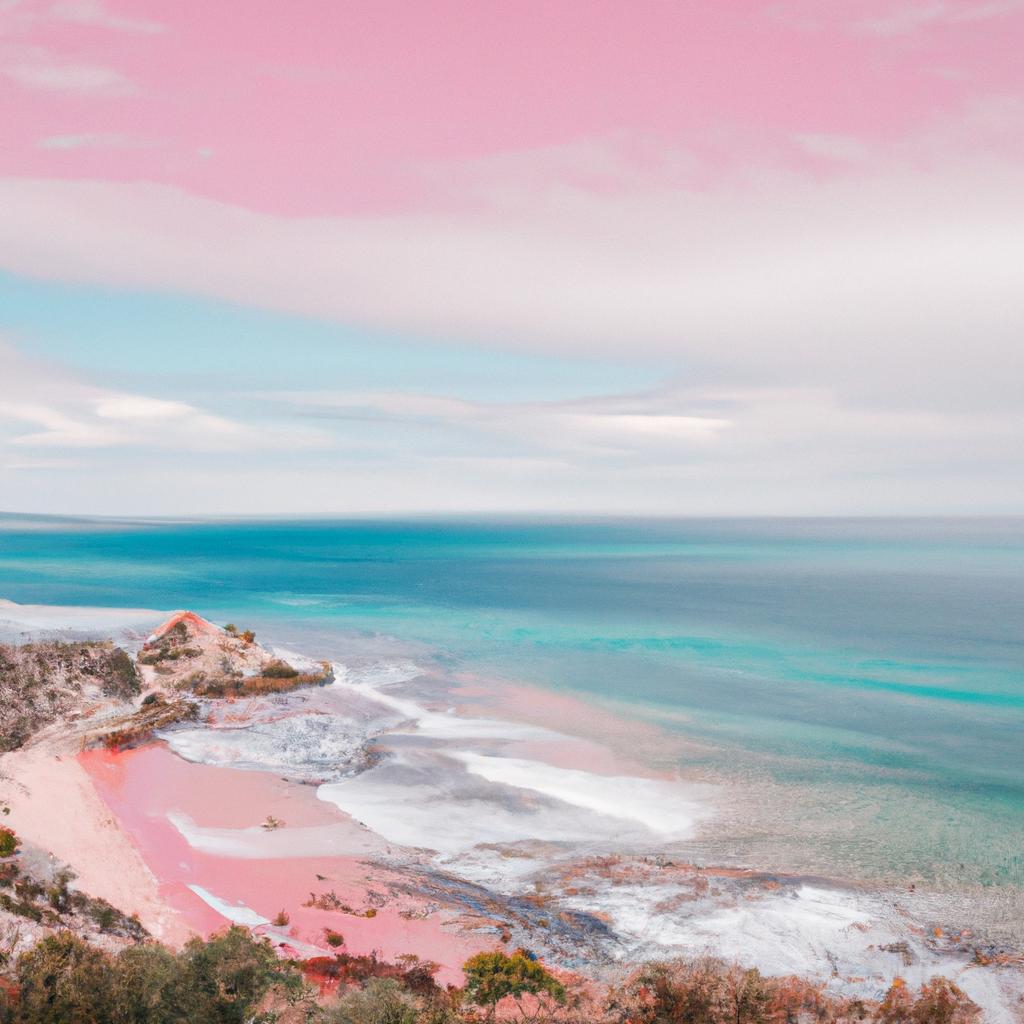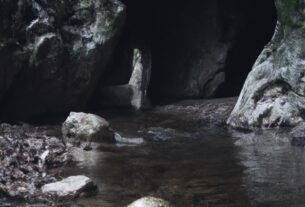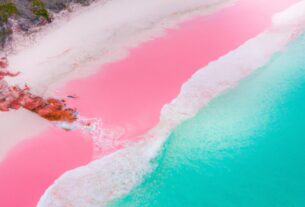Have you ever heard of the Pink Ocean in Australia? It’s a mesmerizing natural phenomenon that has captured the hearts of locals and tourists alike. This stunning wonder, also known as the Hutt Lagoon, is caused by a unique type of algae that thrives in the salty waters of Western Australia.
The Pink Ocean is not just another tourist attraction – it’s a testament to the infinite wonders that nature has to offer. In this article, we’ll delve into the marvel of the Pink Ocean: what it is, where to find it, the optimal time to witness its beauty, the diverse wildlife that calls it home, and the exciting activities you can engage in during your visit.
What is the Pink Ocean in Australia?

Definition of the Pink Ocean
The Pink Ocean, or Hutt Lagoon, is a shallow saltwater lake nestled in Western Australia. Spanning approximately 14 square kilometers, this lake is separated from the Indian Ocean by a narrow strip of sand dunes. What sets the Pink Ocean apart is its breathtaking bubblegum pink hue.
The Science Behind the Pink Coloration
The striking pink color of the ocean is attributed to a type of algae known as Dunaliella salina. Flourishing in the salty waters of the Hutt Lagoon, this algae produces a reddish-pink pigment called beta-carotene. The intensity of the color varies depending on factors such as time of day, season, and weather conditions.
Where to Find the Pink Ocean in Australia
To experience the Pink Ocean’s splendor, head to the charming town of Port Gregory, around 60 kilometers north of Geraldton. Accessible by car, the lake offers several lookout points where you can immerse yourself in its stunning vistas. While the Pink Ocean is visible year-round, the intensity of its color fluctuates, making it advisable to plan your visit accordingly.
The Best Time to Witness the Pink Ocean in Australia
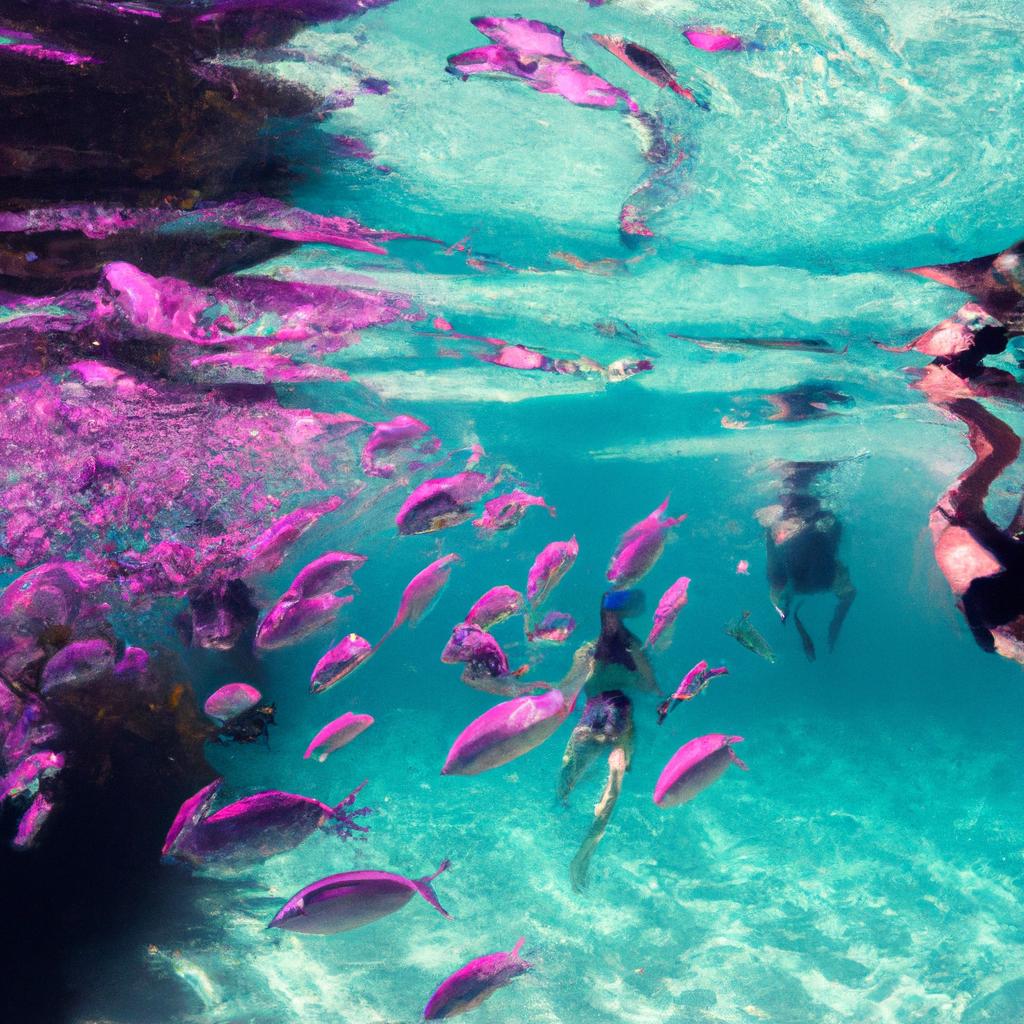
To make the most of your Pink Ocean adventure, timing is crucial. The vibrancy of the Pink Ocean is influenced by various factors. Here are the key considerations:
Factors that Affect the Appearance of the Pink Ocean
The Pink Ocean owes its existence to a species of algae called Dunaliella salina, which thrives in the salty waters of Western Australia. Several factors affect the intensity of the pink color, including the level of salinity, sunlight exposure, and the presence of other organisms.
Optimal Time of the Year to See the Pink Ocean
To witness the Pink Ocean in all its glory, plan your visit during the warmer months, from March to early June. During this period, the water is warmer, providing ideal conditions for the growth and proliferation of Dunaliella salina algae.
Tips for Planning Your Trip to the Pink Ocean
To ensure an unforgettable Pink Ocean experience, follow these tips:
- Check the weather forecast beforehand and choose clear, sunny days for your visit.
- Research the best vantage points to observe the Pink Ocean, arriving early to avoid crowds.
- Wear comfortable walking shoes, carry ample water and sunscreen, as some locations near the Pink Ocean have limited facilities.
By heeding these recommendations and planning your trip during the optimal time, you increase your chances of witnessing the Pink Ocean’s magical splendor.
Wildlife in the Pink Ocean
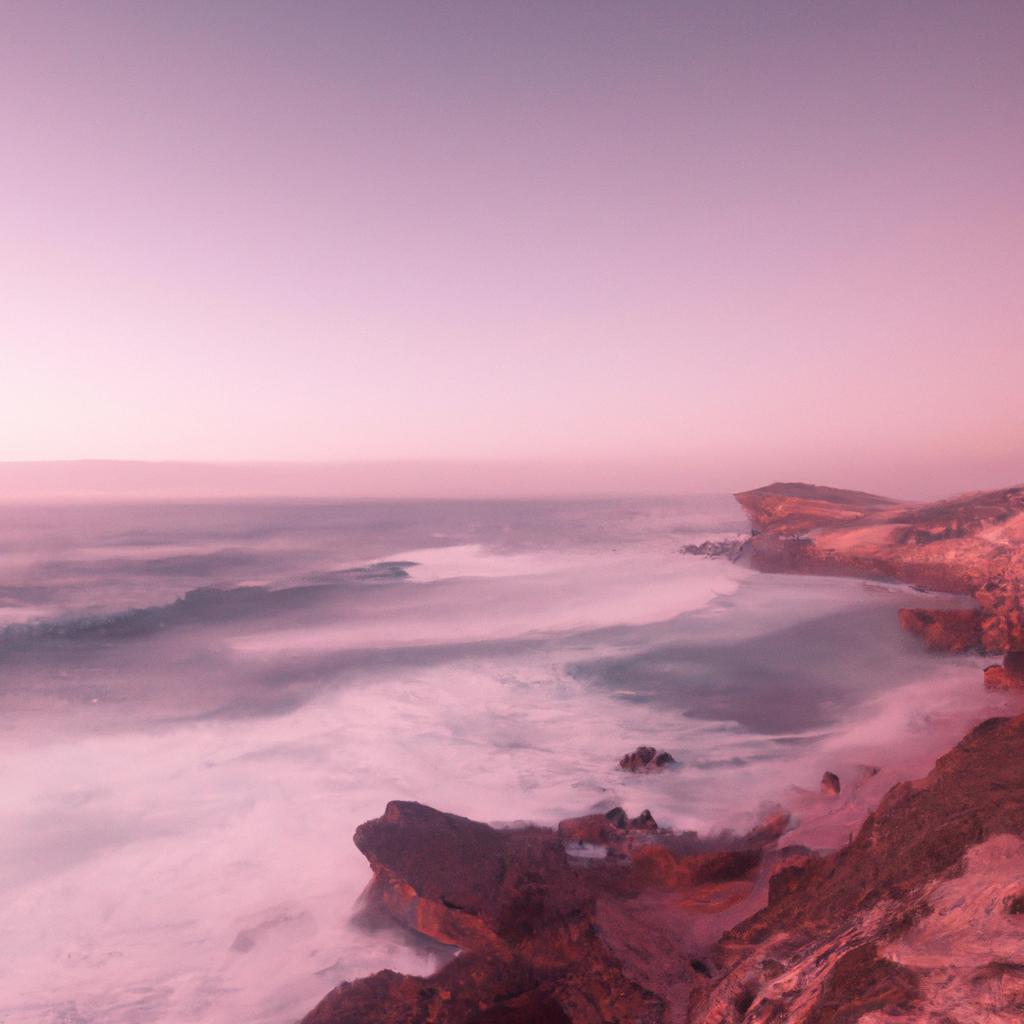
The Pink Ocean is not just a visual feast; it’s also a thriving habitat for a variety of marine life. This ecosystem contributes significantly to the food chain, providing vital nutrients and serving as a breeding ground for numerous fish species and other sea creatures.
Overview of the Marine Life in the Pink Ocean
The Pink Ocean teems with marine life, including fish, crustaceans, and even whales. Prawns, crabs, and snails are among the most common species found in this unique environment. Thriving in the saltwater environment, these creatures play a crucial role in maintaining the ecosystem’s balance.
How the Pink Ocean Supports Marine Life
The vibrant pink color of the Pink Ocean is attributed to a special type of algae that produces beta-carotene – a natural pigment also found in many fruits and vegetables. This algae serves as a primary food source for various marine organisms, thereby sustaining the entire ecosystem.
Conservation Efforts to Protect the Pink Ocean and Its Wildlife
As the Pink Ocean gains popularity among tourists, concerns arise regarding the impact of human activities on this delicate ecosystem. To safeguard this natural wonder and protect its wildlife, ongoing efforts promote sustainable tourism and limit the use of harmful chemicals in the surrounding areas. By joining forces to preserve the Pink Ocean, we ensure the continuity of its beauty for generations to come.
Activities to Do in the Pink Ocean
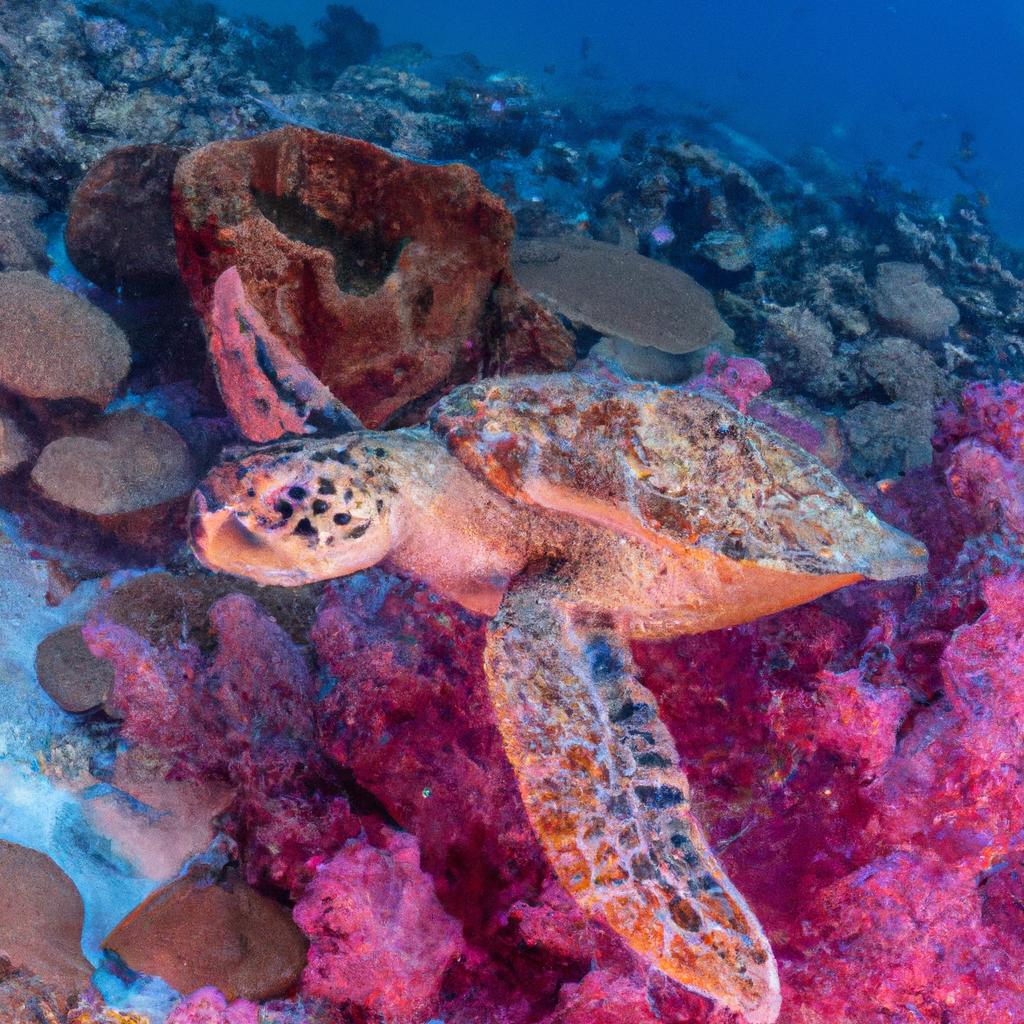
If you’re planning a trip to witness the Pink Ocean in Australia, rest assured that a plethora of activities awaits you. Here are some of the finest experiences to partake in and around the Pink Ocean:
Snorkeling and Diving Opportunities in the Pink Ocean
Snorkeling and diving are among the most popular activities in the Pink Ocean. The crystal-clear waters offer a captivating view of the ocean floor’s vibrant pink hues. Moreover, you’ll encounter a wide range of marine life, including tropical fish, sea turtles, and even dolphins. For experienced divers, several dive sites in the area are worth exploring.
Other Water-Based Activities to Experience in the Pink Ocean
Even if snorkeling or diving isn’t your cup of tea, there are plenty more water-based activities to savor in the Pink Ocean. Kayaking and paddleboarding provide a leisurely means of exploring the area. Consider embarking on a boat tour or a fishing trip for a fresh perspective of the Pink Ocean’s allure.
Recommendations for Non-Water Based Activities Near the Pink Ocean
If you prefer to stay on land, fear not – there are several enticing options near the Pink Ocean. You can embark on a scenic hike in the neighboring national parks or visit local wildlife sanctuaries to witness the unique creatures residing in the area. For a more tranquil experience, indulge in a spa visit or enjoy a delightful beach picnic.
No matter your interests, the Pink Ocean and its surroundings offer something special for everyone.
Conclusion
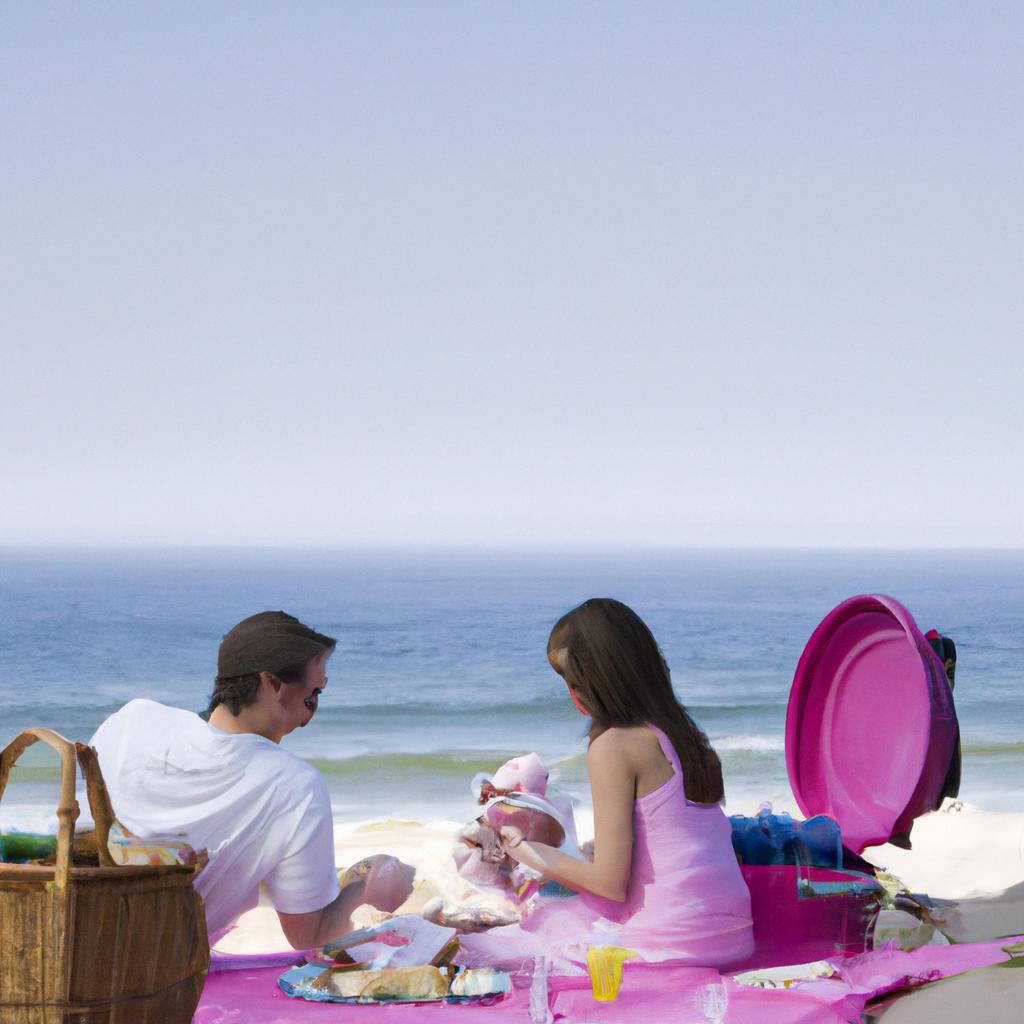
In conclusion, the Pink Ocean in Australia is far more than a mere spectacle – it’s a natural wonder that belongs on every traveler’s bucket list. This breathtaking phenomenon not only showcases the beauty and diversity of the natural world but also supports a thriving marine ecosystem. It serves as a vital reminder of the need for conservation efforts to preserve such gems for future generations.
Whether you’re a nature enthusiast, a marine life aficionado, or simply seeking a one-of-a-kind travel experience, the Pink Ocean in Australia is an absolute must-see. It grants you the opportunity to witness one of the most awe-inspiring natural phenomena in the world.
So, pack your bags, grab your camera, and set off for Western Australia to witness the Pink Ocean’s enchantment firsthand. TooLacks wholeheartedly recommends this natural wonder to all seekers of unforgettable travel experiences. TooLacks wishes you an extraordinary adventure!
